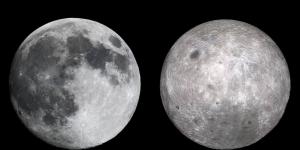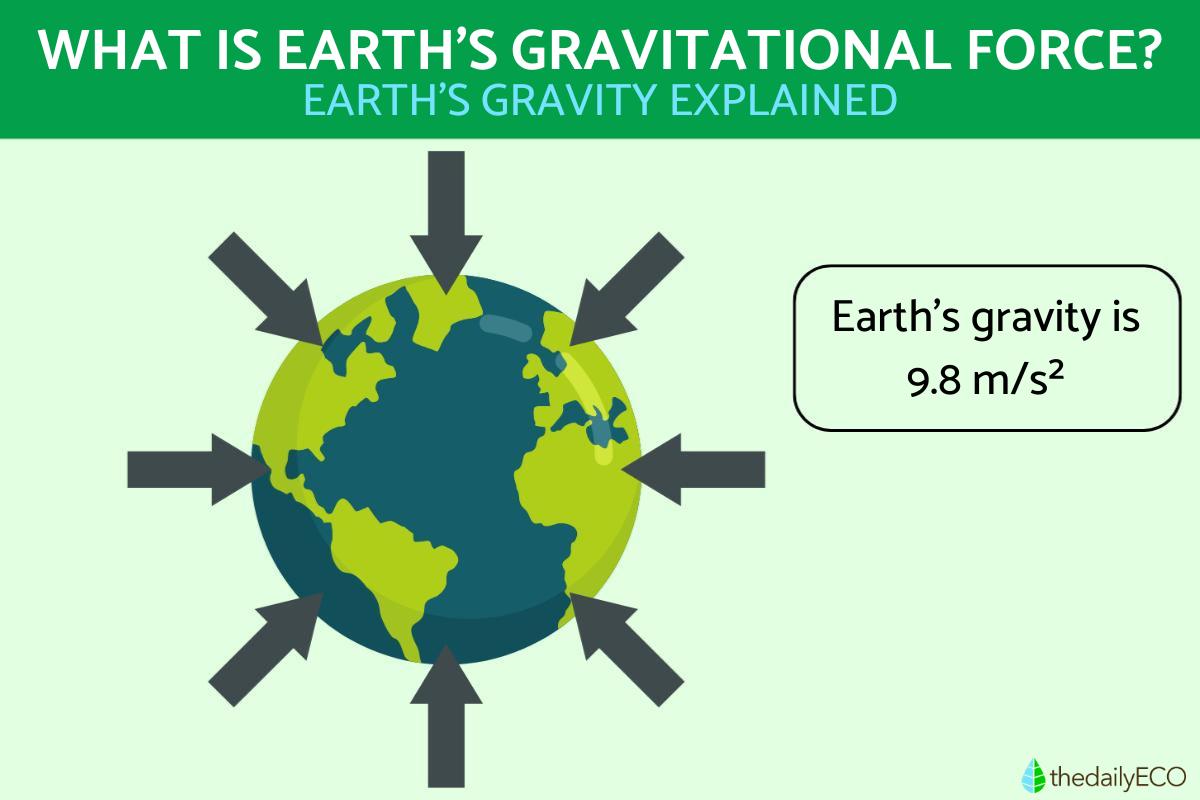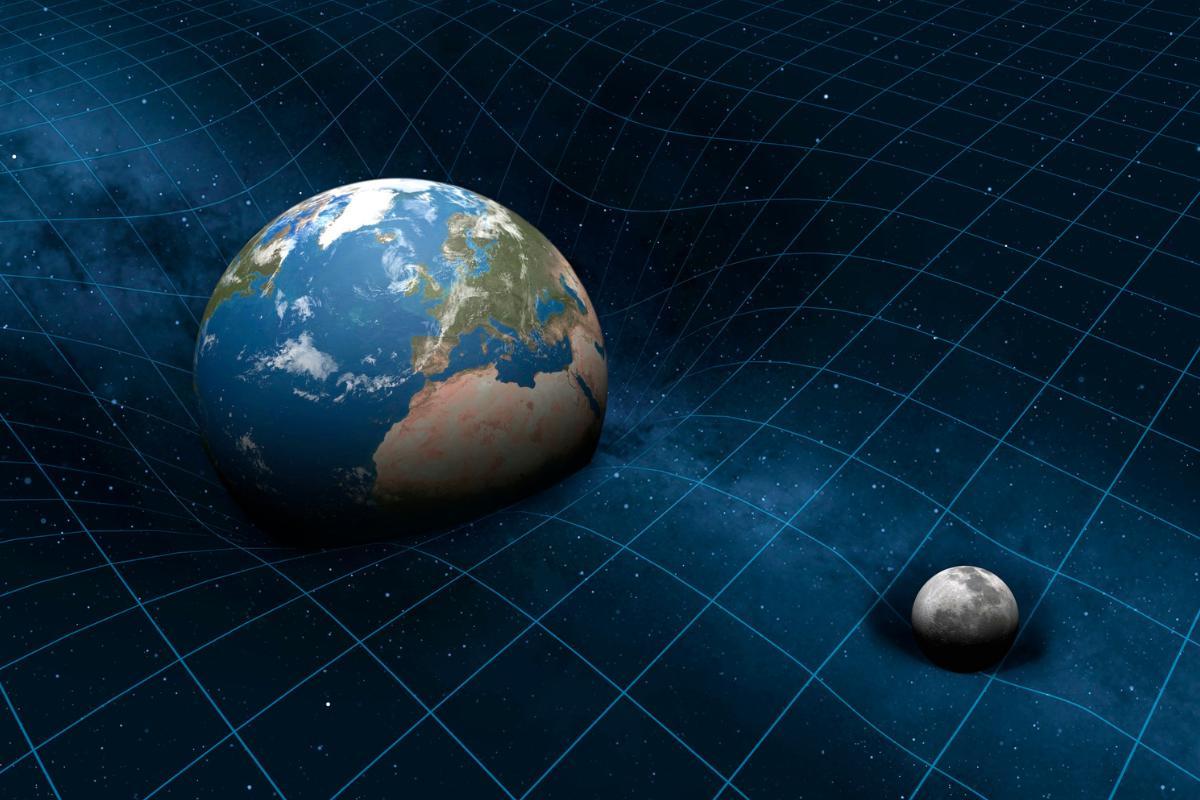What Is the Gravitational Force of Earth?


Gravity is the force of attraction exerted by bodies with mass. The planet Earth on which we live has considerable mass and the gravity it generates is responsible for keeping objects on its surface. As one of the fundamental interactions, it also influences a wide variety of natural and dynamic phenomena. Earth's gravity has an average value of 9.8 m/s², something measured according to various methods. Since the force of gravity on our planet is so fundamental to its continued survival, thedailyECO asks what is the gravitational force of Earth? In addition to providing the measurement of this force, we understand its nature and how it affects the planet.
What is the gravity of the Earth?
Earth's gravitational force influences everything that happens on our planet. It is the physical phenomenon by which the Earth attracts objects with mass towards its center. Generally speaking, gravity on the Earth's surface has an average value of 9.8 meters per square second (9.8 m/s²). The result of this force is that any object in free fall will accelerate towards the ground at this rate, if we discount air resistance.
Gravity is essential to life on our planet as we know it. It is the force that holds the oceans in place, allows the atmosphere to surround the planet and ensures that celestial bodies such as the Moon follow a stable orbit around Earth. It also regulates everyday processes such as the flow of rivers and tides, the latter influenced by an interaction between Earth's gravity and Lunar gravity (i.e. the gravitational force of the Moon).
It is important to know that the figure of Earth's gravity at 9.8 m/s² is an average. Earth's gravitational force is not uniform at all points on the planet. There are several reasons for variances in Earth gravity:
- The shape of the Earth: our planet Earth is not perfectly spherical, but is a geoid that is slightly flattened at the poles and widened at the equator. As a result, gravity is slightly greater at the poles than at the equator.
- Land composition: differences in the density of rocks and materials beneath the surface also affect gravity locally. For example, mountainous areas or regions with high mineral concentrations may experience slight variations.
- Altitude: gravity decreases with height. The further you are from the center of the Earth (e.g. on high mountains), the less gravitational pull there will be.
While we are focusing on the gravitational force of the Earth, gravity also affects the rest of the universe. We can learn more about how this manifests with our article sharing the different types of galaxies.

How is Earth's gravitational force is measured?
Although the concept has been around much longer, Earth's gravity was famously described by Albert Einstein's general theory of relativity, introduced in 1915. Since gravity is a force, it cannot be seen directly by the human eye. This is not the same as saying gravity doesn't exist. For example, we know that a ball falls to the ground when we let it go. Gravity is the most accurate theory which can explain this phenomenon and it has proof in the fact it can be measured.
The main measurement devices we use to quantify gravitational force are the following:
- Gravimeter: an instrument specifically designed to measure acceleration due to gravity. It works by detecting how an object (usually with a small mass) responds to the gravitational force at a specific location. There are two main types of gravimeters. Absolute gravimeters directly measure the acceleration of gravity using principles such as free fall motion or the swing of a pendulum. Relative gravimeters compare the gravity of a point with that of another known point, allowing local variations to be studied.
- Gravitational pendulum: the pendulum has historically been a key tool for measuring gravity. The ratio of a pendulum's swing period (i.e. the time it takes to complete one cycle) to its length can be used to calculate gravitational acceleration. Though less commonly used today, this method was instrumental in early gravity measurements.
- Satellites in orbit: technological advances have made it possible to measure gravity on a large scale using satellites. These are essential for studying the variation in gravity in different parts of the world.
Measuring gravity is not as simple as recording a number, but is a process influenced by multiple factors. These factors include:
- Altitude: since gravity decreases with distance from the center of the Earth, measurements must be corrected for height above sea level.
- Local soil density: differences in the composition of the Earth's crust generate gravitational anomalies.
- Tectonic movements and land tides: even the movement of tectonic plates or groundwater shifts can cause temporary variations in measurements.
Learn more about how tectonic movement is registered with our article asking how does the Richter scale measure an earthquake?

How gravity affects the Earth
Gravity has a profound and constant impact on the Earth. In turn, this affects all the living beings which inhabit it, including ourselves. While we may simply view gravity as the force that keeps us anchored to the ground, its repercussions are much greater. It affects natural phenomena, regulates fundamental cycles of the planet and shapes our biology and culture. With this in mind, we look at what the gravitational force of the Earth does:
- Earth's structure: gravity is responsible for the Earth's spherical shape. During its formation billions of years ago, gravitational attraction caused denser materials such as iron to move towards the core. Less dense materials remained on the surface, forming the Earth's crust and mantle. Learn about a fascinating feature of the Earth's crust with our article asking what is a volcanic caldera?
- Plate tectonics and volcanism: gravity influences the movement of tectonic plates as they float on the upper mantle. These dynamics are driven by differences in density and gravitational pressure. It also affects the rise of magma in volcanoes, regulating geological phenomena for the renewal of the Earth's surface. Our related guide explains the difference between magma and lava.
- Tides: the gravitational interaction between the Earth, Moon and Sun generates ocean tides. These forces create periodic variations in water level, which are essential for coastal ecosystems. We learn more about these gravitational interactions with our article asking what causes the Earth to revolve around the Sun?
- Climate and atmospheric circulation: gravity directly influences Earth's atmosphere by keeping it attracted to the planet. Without this force, the gases that make up the air would dissipate into space. In addition, gravity regulates the vertical movements of air masses, affecting climate and weather patterns such as the water cycle and precipitation.
- Influence on organisms: animal bones and muscles are designed to withstand gravity. In the absence of this force, such as in space, bone density and muscle mass are rapidly lost. From flying birds to swimming fish, all species have developed ways of moving that rely on gravity.
- Fluid flow: in humans, the cardiovascular system works against gravity to pump blood from the extremities to the heart.
- Plants: fauna also respond to gravity through a phenomenon called gravitropism. Roots grow downwards, seeking water and nutrients, while stems grow upwards to seek light.
You can discover more about the relation between gravity and tropism with our article asking can plants move?
If you want to read similar articles to What Is the Gravitational Force of Earth?, we recommend you visit our Facts about Earth and the universe category.
- Encyclopedia of Humanities. Gravity.
https://humanities.com/gravity/ - Arturo Villar. 2022. The measurement of gravity: basic concepts, instruments, applications and infrastructures maintained by the National Geographic Institute. e-Measure.
https://www.e-medida.es/numero-21/la-medida-de-la-gravedad-conceptos-basicos-instrumentos-aplicaciones-e-infraestructuras-mantenidas-por-el-instituto-geografico-nacional/







